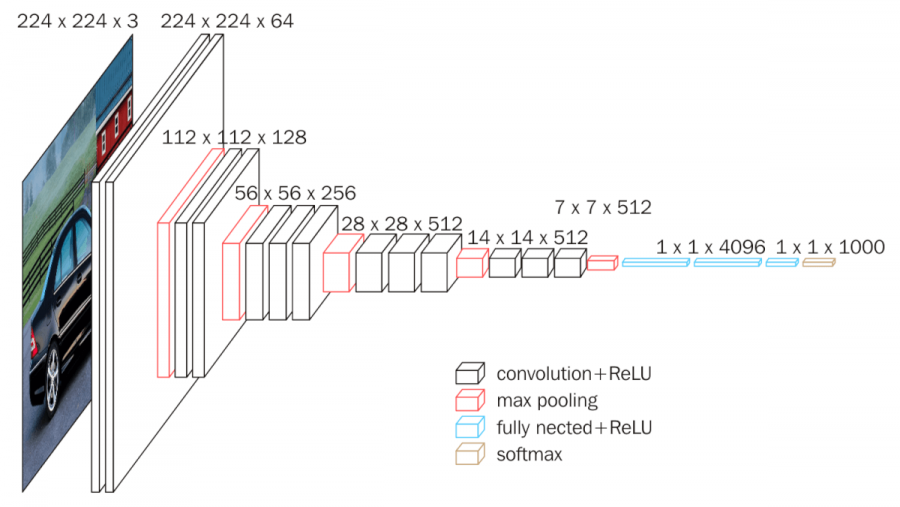特征提取 建立模型
动机 (Motivation)
Image retrieval is such a cool concept.
图像检索是一个很酷的概念。
Point. Snap. Search.
点。 快点 搜索。
I can’t think of a better user experience. Google Lens, Amazon StyleSnap, and Syte all have the right idea.
我想不到更好的用户体验。 Google Lens , Amazon StyleSnap和Syte都有正确的想法。
Recently, I wrote about Milvus, a vector similarity search engine. I was able to get a quick and dirty image retrieval application working in a matter of minutes. I realized that building cool things was not out of reach, one of those empowered engineer moments. I found myself wanting to learn more about convolutional neural networks (CNNs) and how they work in image retrieval.
最近, 我写了关于向量相似度搜索引擎Milvus的文章 。 我能够在几分钟内获得一个快速而肮脏的图像检索应用程序。 我意识到,打造凉爽的东西并非遥不可及,这是赋予工程师权力的时刻之一。 我发现自己想了解有关卷积神经网络(CNN)及其在图像检索中如何工作的更多信息。
Specifically, I was wondering:
具体来说,我想知道:
Given some convolutional neural network, how do I choose a layer for feature extraction?
给定一些卷积神经网络,我如何选择用于特征提取的图层?
The answers I found went something like:
我找到的答案是这样的:
“It varies by use case.”
“这取决于用例。”
“Various layers have specific strengths.”
“各种层都有特定的优势。”
“It needs to be tested.”
“它需要测试。”
These answers left me unsatisfied. They gave no sense of direction. They left no threads to further investigate. I was scratching my head. I decided to dig deeper, and after some tinkering, I walked away with a method to test feature vector “search-ability”. More importantly, I gained a stronger intuition for the architecture goals of a CNN.
这些回答使我不满意。 他们没有方向感。 他们没有留下任何线索进一步调查。 我挠头。 我决定进行更深入的研究,经过一番修补后,我放弃了一种测试特征向量“可搜索性”的方法。 更重要的是,我对CNN 的 架构目标有了更强烈的直觉。









 最低0.47元/天 解锁文章
最低0.47元/天 解锁文章
















 被折叠的 条评论
为什么被折叠?
被折叠的 条评论
为什么被折叠?








